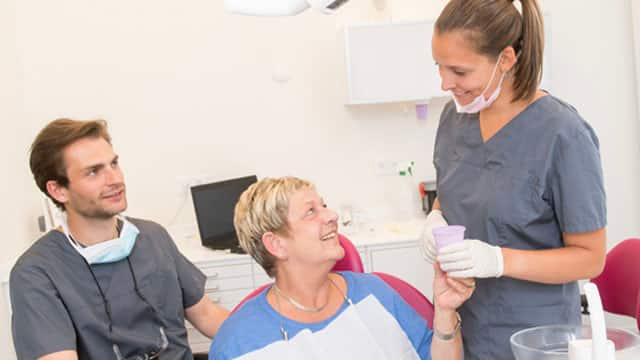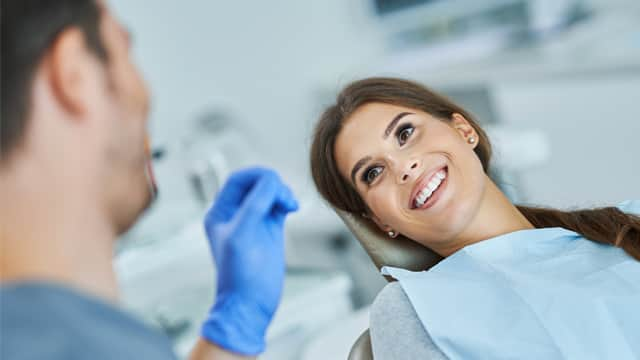What is Cleidocranial Dysplasia?
The term cleidocranial dysplasia comes from the Greek words cleido (collar bone), kranion (head), and dysplasia (abnormal formation). According to the Journal of Dental Science, a malformation syndrome affects the bones, skull, and teeth. If you’ve never heard of the disease, that’s because it’s incredibly rare. A review in the International Journal of Dentistry estimates that this disease affects only about one in every one million people.
Causes
According to MedlinePlus, a mutation in the RUNX2 gene is the primary cause of CCD. This gene instructs your body to make a protein that helps develop and maintain your teeth, bones, and cartilage. This specific gene is crucial—the protein it makes is a “transcription factor,” which means it binds to specific parts of DNA and helps control certain genes' activity. Research suggests this protein is a “master switch” in that it regulates several other genes involved in the development of the cells that build bones and teeth. However, about 30 percent of patients with CCD do not have the RUNX2 mutation, and the cause of CCD in these patients is unknown.
Physical Features
Before we discuss cleidocranial dysplasia dental features, let’s look at the physical characteristics. According to The Genetic and Rare Disease Information Center, CCD can appear as physical abnormalities like:
- Underdeveloped or absent collarbones (or clavicles)
- Delayed closure of the skull bones
- Decreased bone density
- Hearing loss
- Chronic sinus or ear infections
- Abnormalities of the hands
Cleidocranial Dysplasia and Teeth
When it comes to dental problems, CCD causes several distinctive dental abnormalities related to tooth formation and eruption. An article in the European Journal of Oral Sciences notes several dental anomalies that include:
- Lack of shedding of the primary teeth
- Formation of multiple supernumerary (extra) permanent teeth
- Delayed eruption of the permanent teeth
Nearly all individuals with CCD have some dental abnormality, whether it’s primary teeth that won't fall out, extra teeth, or permanent teeth that won't develop. Additionally, they may have abnormal dental roots or crowns and a highly arched palate or cleft palate. These dental issues can affect occlusion, which is how the upper and lower teeth contact each other when the mouth closes.
Treatment
Treatment for CCD will often require coordination between oral and maxillofacial surgeons, orthodontists, and prosthodontists, as well as your family dentist. The earlier the condition is recognized and properly treated, the better the chances are for a patient's favorable outcome.
Further, depending on the dental issues present, a team of dental professionals might recommend extracting the remaining primary teeth or extra teeth or removing the bone covering the permanent teeth to allow them to erupt. It’s essential to carefully coordinate the patient’s orthodontic treatment to ensure that the teeth will be aligned and fit together correctly. Additionally, a prosthodontist or general dentist may need to help plan to replace any missing teeth.
While CCD can present several dental challenges, rest assured that your child's team of medical and dental professionals can design a treatment plan to help keep your child and their smile healthy. Regardless of any dental abnormalities, it's always important to stick to a healthy and consistent oral care routine, including twice-daily teeth brushing and cleaning between the teeth with interdental brushes, floss, or water flossers at least once a day.
Oral Care Center articles are reviewed by an oral health medical professional. This information is for educational purposes only. This content is not intended to be a substitute for professional medical advice, diagnosis or treatment. Always seek the advice of your dentist, physician or other qualified healthcare provider.
ORAL HEALTH QUIZ
What's behind your smile?
Take our Oral Health assessment to get the most from your oral care routine
ORAL HEALTH QUIZ
What's behind your smile?
Take our Oral Health assessment to get the most from your oral care routine














